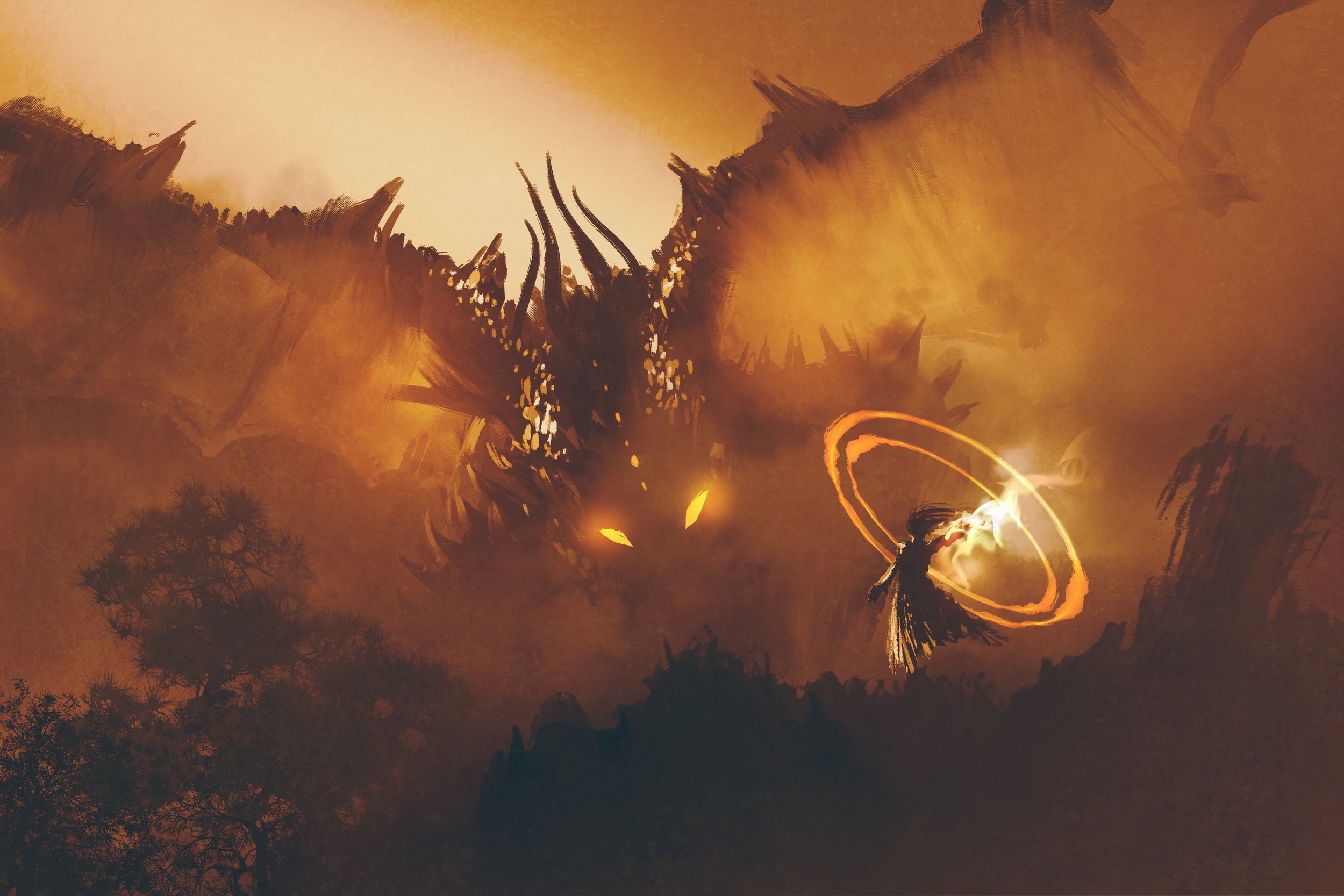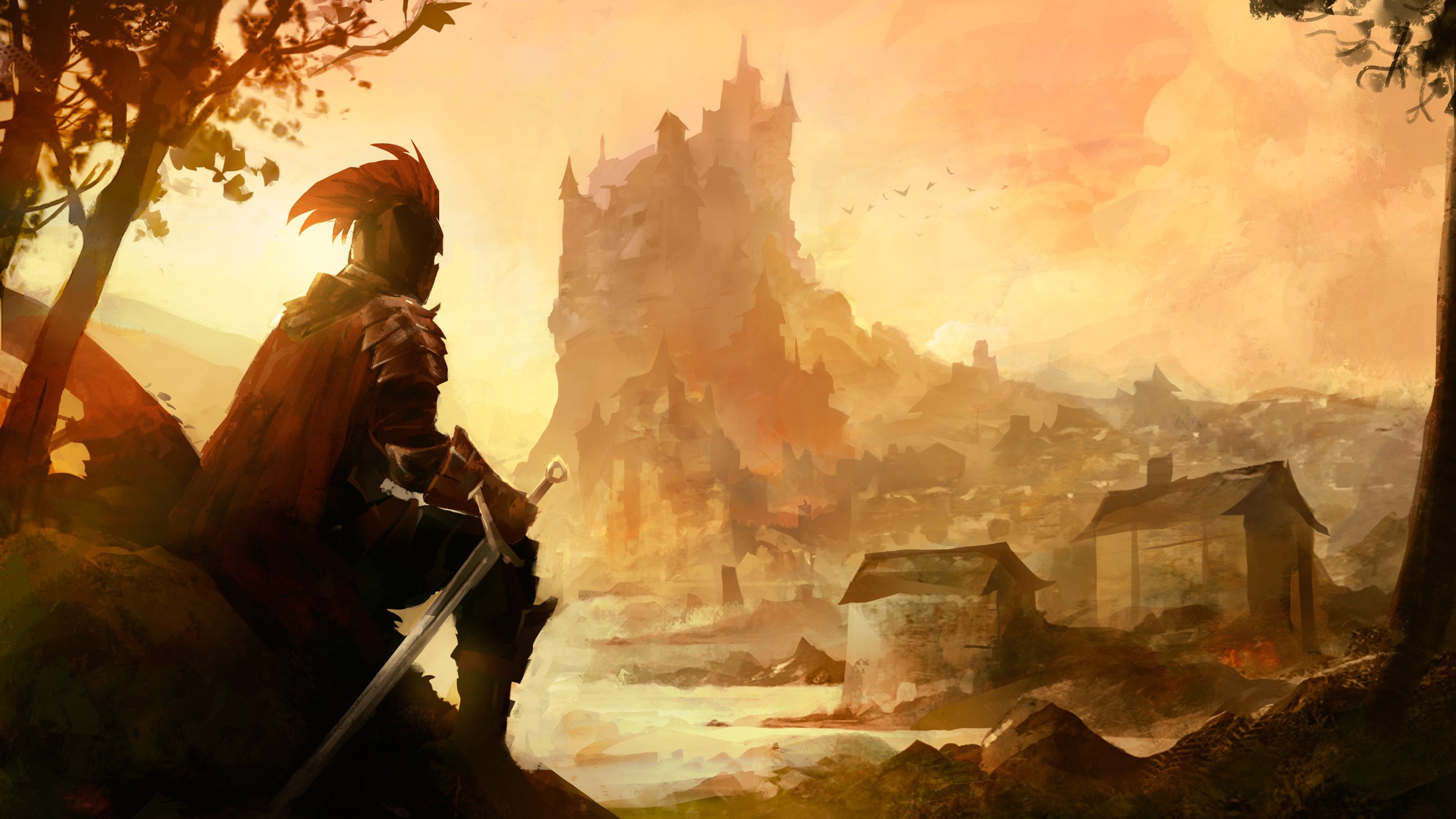A Newbie’s Introduction to LARP
What is Live Action Roleplay and what to expect at your first event
This article includes affiliate links. If you purchase through an affiliate link, I earn a small amount from qualifying purchases.
Live-action role-play (LARP) is a unique experience with a diverse offering of genres and play styles. The concept of physically playing out a character’s actions is both familiar and yet alien to many people. And while it is close relative to popular tabletop role-playing games such as Dungeons and Dragons, LARP is still an overlooked hobby by many.
What Is LARP
As children, many of us played make-believe games pretending to be superheroes or fairy princesses. Earlier cultures had games of playing adventurers, knights, or “Athenians and Spartans.” Probably our earliest ancestors had kids pretending to slay wooly mammoths from the safety of their caves.
“Kids naturally are open to the concept of live-action role-playing but it may feel alien to adults.”
Historical reenactment and acting have been the adult version from the Roman staged battles against mythical creatures in the Colosseum to the recreation of battles by King Charles II of England in the 17th century. Modern reenactment groups span from acting out medieval battles to those recreating scenes from the Vietnam War.
A variation on historical reenactment is living history. People act out a fictional character or a real-life person, often representing more day-to-day characteristics than recreating a specific event or battle scene. For example, living history museums have actors portray historical characters while interacting with the public for educational purposes. Other reenactments like a Renaissance Faire may be more entertainment-based.
The living history group most associated with modern LARPing is the Society of Creative Anachronism (SCA). Founded in 1966, they are an international group focused on Medieval Europe before the 17th century. Their events include many different period aspects such as crafting, music, dance, cooking, and combat.
Modern LARP
Dungeons and Dragons was introduced less than ten years after the founding of the SCA in 1974. Many fantasy LARP groups started shortly after that. Early fantasy larp groups recreated medieval society similar to the SCA but added fantasy and magic use elements.
“LARP groups are found across the world and cover a large variety of genres and interests.”
Almost 50 years later, LARP groups are found worldwide and cover nearly every genre, from superheroes, murder mysteries, aliens, pirates, cyberpunk, horror, and of course, fantasy. Events may be a one-shot lasting no more than an hour for a small group of participants to a multi-day event for thousands of attendees.
Beyond genre, modern LARP is often divided into non-combat and combat. Non-combat groups may play out their characters in costumes and personalities. However, if fighting scenes are in their stories, they are decided by cards or dice rolls instead of actual combat. These are sometimes called theater, parlor, or interactive literature LARPing. One of the most popular non-combat LARP genres is Mind Eye’s Theater - Vampire: The Masquerade set in a universe of werewolves and vampires.
Combat groups have different weapons based on the game’s genre. An apocalyptic genre group might use airsoft guns, while a western-themed group has elaborate nerf guns. But the Medieval-themed LARP groups tend to have the most elaborate weapon variety, from bows and daggers to pikes and swords.
LARP Combat
Weapons are highly specialized and built for player safety. There may be games of skill, such as an archery competition to a battle of player versus player. These fights can be one-on-one to groups of players fighting together in a war scenario.
“LARP weapons are highly specialized for safety of participants.”
Medieval fantasy LARPs have different subgroups based on the weapons and combat system. European groups tend to use latex rubber swords with painted foam. While looking more realistic than other types, these swords are poor for certain maneuvers and require that players use a touch-only combat system. Players can make a strike but must pull back before making heavy physical contact to avoid damage to other players or their equipment.
In contrast, American LARPing groups use boffer weapons which are much less realistic but allow for greater contact and more engaged fighting experience. These foam padded boffers look more like a foam-covered baseball bat than a real sword and are much lighter than a metal weapon. However, as they are made for safety and personally inspected before each game, players can be less restrained in their fighting. Though from experience, while they are foam-padded, do not mistake that they are completely painless. A heavy combat day may still leave a bruise or two.
“Nerdy Even for Nerds”
While tabletop role-playing games have become much more mainstream in the past few years, LARP is still considered by many to be a hobby reserved for the nerdiest of nerds.
In America, the media often portrays it as a ridiculous game played by teenage virgins that live in their parent’s basements. While this is far from the truth, I experienced this stereotype firsthand. Some of my DnD friends were quick to mock when I mentioned the idea of attending a LARP event. While they themselves create elaborate backstories for their TTRPG characters and are happy to maintain a session using their character’s accented voice, the thought of playing the live-action version seemed too much.
“This past year has a seen a surge of people seeking out LARPing activities.”
LARP is more accepted in Europe and is taken quite seriously in Russia, but overall it is still not seen as credible as its more stationary brethren in the role-playing world.
An article from 2016 titled the “15 Nerdiest Things That Will Never Be Cool” proclaimed LARP as number 1 and the worst of all nerdy hobbies, even telling their reader to avoid all items on the list. However, the article also rated Dungeons and Dragons as number 3. Fast forward to five years, and DnD now has over 50 million players. I think the article’s author was definitely off their mark.
This past year has seen an uptick in interest in LARP groups and new members. China has seen record numbers of people looking to play murder mysteries live-action games. In Denmark, more children play in LARP events than in football clubs. And in the US, just as the original introduction of DnD in 1974 spawned the creation of multiple fantasy LARP groups. The recent growth of TTRPG players has more people searching for LARP events than before. Perhaps it’s time to rethink the tired stereotypes of live-action role-playing and see them as a fun and exciting hobby open for all.
Prior to the Your First Event
Try to learn the basics of the event you plan to attend, such as genre, period, combat style, etc. Many groups will publish a rule book for new players to get familiar with what is expected of participants. There may also be restrictions on who can attend as some groups are 18+ due to the combat or content while others are more family-friendly.
“Try to familiarize yourself with the rules ahead of time to be comfortable and better enjoy your first event.”
Some events will ask that you create a character in advance, and the rule book should cover different character classes and abilities. While other events are just about showing up to play with no character preparation.
Review the costume guidelines and requirements. It may be a simple as asking players to wear comfortable shoes to restrict specific colors or costume choices.
If it is a combat-oriented group, ask about what is provided to new players. Groups may have beginner equipment, or other players may be happy to bring loaner equipment for your first few sessions.
Find out about food and drink. Events ask everyone to bring something while others provide refreshments. Some even include cooking competitions or demonstrations as part of the activities.
“Don’t forget the sunscreen, medieval garb can make for some strange looking tan lines the following day.”
Plan for the venue. If it’s outside, make sure to pack sunscreen and bug spray. My biggest mistake was forgetting bug spray while attending my first event set in the woods. My combat against the mosquitos that day was worse than any swordmaster.
If it’s combat-oriented, plan like you would for a visit to the gym. A change of clothes and an extra water bottle is a good idea as those battles can be very physically intense.
Don’t be afraid to reach to gamemasters and organizers if you have questions. They want the game to run smoothly and for participants to have fun.
Your First LARP Event
Like being the new kid at school, joining any group can feel intimidating. Many LARP players have been in their group for years, and it’s natural to feel like an outsider at first. But my experience has been very positive, and most are very welcoming and accommodating to new members.
If, for any reason, you have a poor experience or after a few events, the group dynamics don’t feel like a good fit for you, move on. There are many other great LARP groups out there to try before dismissing the whole sport for the sake of a few bad apples.
“Most LARP groups are extremely welcoming and go out of their way to help new players.”
At the beginning of the event, there will often be a newbie speech or some type of welcoming to introduce new players to the game. This will help familiarize you with the rules and is a great time to ask questions about the storyline or role-playing.
Be patient with yourself. As a newbie, don’t expect to be the best player. It is a hobby that can take time and experience to be able to role-play with confidence and years to become a master fighter. Over time, you’ll get more comfort, and other players are usually happy to help to give pointers to help you on your way to greatness.
And most important, have fun.
Where to Find LARP Events
There are LARP groups across the world and in a variety of genres.
If you are seeking a single event experience, many conventions host LARPing events as part of the programming. Some examples may be events for anime, comics, gaming, and cosplay. LARP experiences may be single event programming or run the length of the convention. If you want a sneak peek before signing up, check out their event rooms and see how things are run.
For the classic outdoors LARP experience, there are several events around the world. These range from a weekend event by a local organization with a few dozen players to the huge ConQuest of Mythodea in Germany that typically has 10K participants and over 1000 storylines during the event. However, many of the larger events were canceled in previous years due to the pandemic.
Looking to join a group for regular activities and events? One of the fastest ways to find a group may be a quick Google search depending on what genre you’re interested in. For medieval fantasy battles, there are several organizations such as Amtgard, Dogorhir, and Lorien Trust that have online directories of local chapters.
For more local groups, try Group apps or Facebook groups as well as other social media with #LARP or #LARP-Your country hashtags. Reddit also has a subreddit group, r/LARP, that can be a great resource. I personally found my LARP group through the Meetup app.
Gaming stores are another excellent resource for referrals to local groups or large events.
And lastly, talk to your TTRPG friends. Even if they initially tease, the reality is that many tabletop role-players would absolutely love to get to play their characters in real life. After your first event, they will bombard you with questions about it. And those that teased the loudest will very likely be the first ones joining you at your next LARP event.
Author:
Laurie Trueblood is a writer and life coach that enjoys fantasy, science, psychology, and everything nerdy. As the founder of Adventures to Authenticity, her mission is to help others level up and become the best versions of themselves.
Read more about hobbies and personal development: Why Reading Stories is Good for Your Health and TTRPGs and Personal Development

















